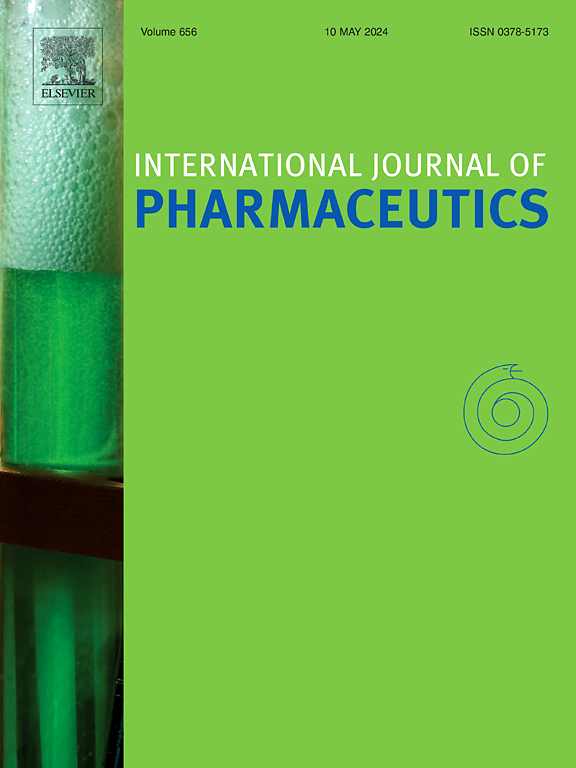Design and development of Dasatinib nanoemulsions for ocular delivery: In vitro characterization, biocompatibility, and Ex vivo ocular irritation study
IF 5.3
2区 医学
Q1 PHARMACOLOGY & PHARMACY
引用次数: 0
Abstract
Dasatinib, a potent tyrosine kinase inhibitor with dual anti-inflammatory and anti-angiogenic properties, holds significant potential for treating ocular diseases such as Corneal Neovascularization (CNV), uveitis, and diabetic retinopathy. However, its low aqueous solubility and limited ocular retention present major formulation challenges. This study concentrated on the design and evaluation of Dasatinib nanoemulsions (Dasa NEs) for ocular delivery, utilizing nanotechnology to enhance solubility, stability, and therapeutic efficacy. The Dasa NEs were prepared using Oleic acid (lipid phase), Tween 80, Propylene Glycol (PG) (Smix), with component ratios optimized through pseudo-ternary phase diagrams. The resulting formulations exhibited nanoscale droplet sizes (<100 nm), low polydispersity indices, and stable zeta potential, ensuring colloidal stability and efficient delivery. Comprehensive physicochemical evaluations confirmed that the NEs possessed ideal pH, refractive index, surface tension, and viscosity for ophthalmic applications. Biocompatibility assessments using the MTT assay on SIRC cells demonstrated high cell viability, while HET-CAM tests confirmed the absence of significant ocular irritation. In vitro diffusion studies indicated improved drug permeation, highlighting the potential for prolonged therapeutic effects. Stability studies further validated the robustness of the formulations under various conditions. The developed nanoemulsions offer a promising, non-invasive platform for ocular drug delivery, improving patient compliance and therapeutic outcomes. Future studies should focus on in vivo evaluations and long-term safety to advance the clinical translation of this novel formulation.

眼用达沙替尼纳米乳的设计和开发:体外表征、生物相容性和体外眼刺激研究。
达沙替尼是一种有效的酪氨酸激酶抑制剂,具有双重抗炎和抗血管生成特性,在治疗角膜新生血管(CNV)、葡萄膜炎和糖尿病视网膜病变等眼部疾病方面具有重要潜力。然而,它的低水溶性和有限的眼潴留是主要的配方挑战。本研究的重点是设计和评估达沙替尼纳米乳剂(Dasa NEs)用于眼部给药,利用纳米技术来提高溶解性、稳定性和治疗效果。采用油酸(脂相)、吐温80 (Tween 80)、丙二醇(PG) (Smix)制备Dasa NEs,通过拟三元相图优化组分配比。所得的配方显示出纳米级液滴的大小(
本文章由计算机程序翻译,如有差异,请以英文原文为准。
求助全文
约1分钟内获得全文
求助全文
来源期刊
CiteScore
10.70
自引率
8.60%
发文量
951
审稿时长
72 days
期刊介绍:
The International Journal of Pharmaceutics is the third most cited journal in the "Pharmacy & Pharmacology" category out of 366 journals, being the true home for pharmaceutical scientists concerned with the physical, chemical and biological properties of devices and delivery systems for drugs, vaccines and biologicals, including their design, manufacture and evaluation. This includes evaluation of the properties of drugs, excipients such as surfactants and polymers and novel materials. The journal has special sections on pharmaceutical nanotechnology and personalized medicines, and publishes research papers, reviews, commentaries and letters to the editor as well as special issues.

 求助内容:
求助内容: 应助结果提醒方式:
应助结果提醒方式:


